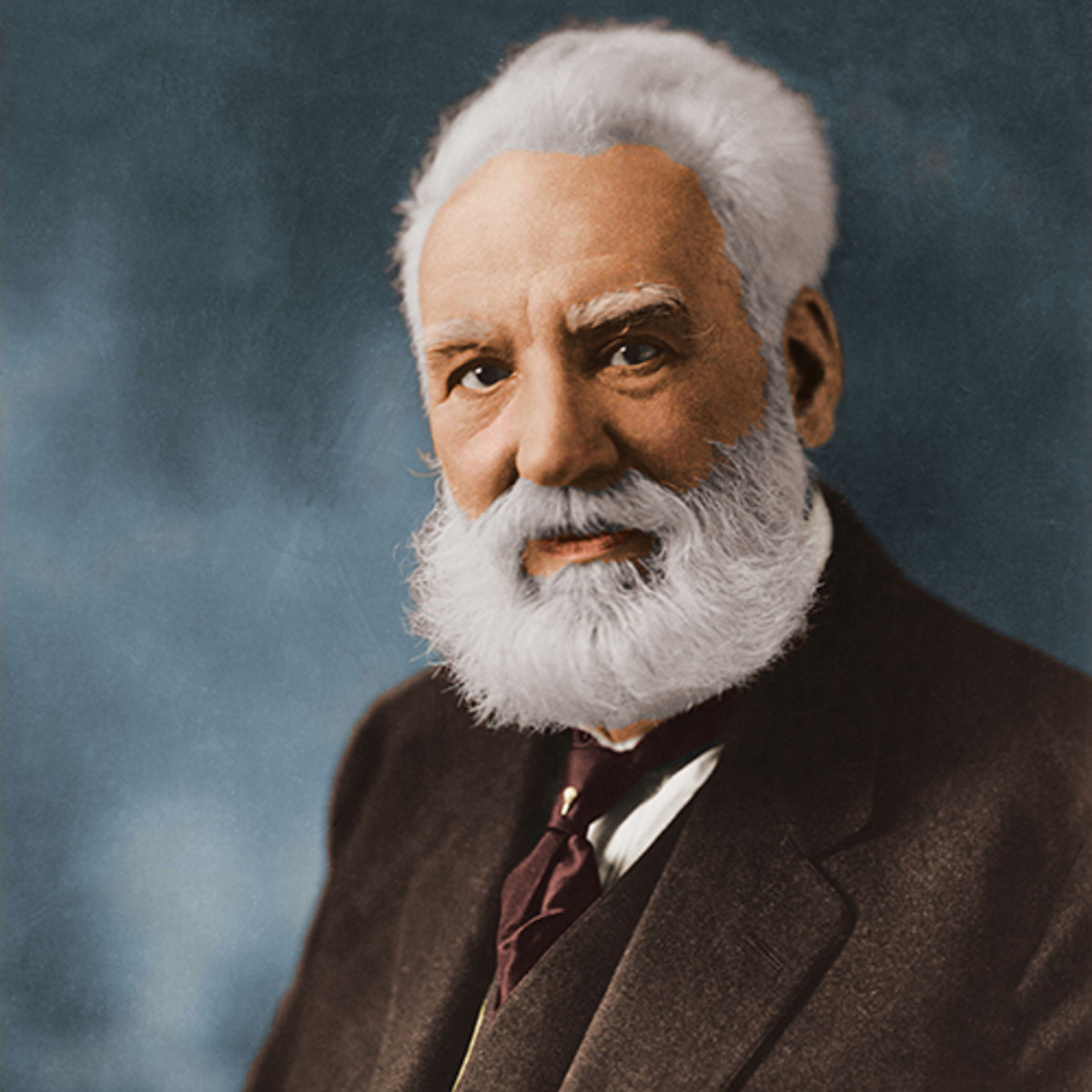
How to Practice for a Perfect Presentation
Dec 8, 2022 | Public Speaking
Does practice make perfect when it comes to giving presentations? No, it does not! The permanence of practice. Not just practicing, but practicing perfectly should be your aim. Whether something is right or bad, the more you do it, the more natural it feels.

Therefore, when we rehearse our presentations, we must do it correctly. Understanding a subject does not ensure success. What matters is your ability to clearly communicate your point and engage your audience, and excellent preparation can help you do this.
Practice Will Help You, too.
Presenting on the spot rarely yields the desired outcomes. Here is the strategy that, dare I say it, always produces positive results for me.
Pro Tip
I am going to assume that you have prepared:
- Know your PALTM (Purpose, Audience & Logistics).
- Gather information that is current, accurate, and pertinent.
- When necessary, include examples, tales, emotive appeals, and some images to help illustrate the statistics.
- Create a tale by arranging the resources in a way that the information flows logically and there are seamless transitions between the concepts.
- Prepare a potent introduction and conclusion in advance.
- Make the final draft user-friendly so that it is simple to refer to it without reading it.
- Presenters frequently complete all the steps before visualizing their speech in their minds.
Action Item
Although visualizing is helpful, speaking-aloud exercises should still be done. Too often, practice is postponed until just before a presentation, by which time it is already too late. The purpose of practice sessions is to make presenters completely at ease with the material, the slides, and the timing so they can focus on engaging the audience during the actual presentation.
8 Recommendations for Effective Presentations

Here are my top eight suggestions for flawless practice:
- Exercise aloud.
- The presentation should be spoken aloud three to six times.
- Use a range of exercises.
- Keep your presentation personable; do not remember precise sentences; instead, vary how you say it each time.
- Be mindful of the time.
- Allow time during your practice session for questions from the audience, etc.
- Practice in front of a live audience that resembles your intended market.
- Practice in front of a group that is representative of your "actual audience." It is best to find out in front of this group rather than the "real audience" whether there is any terminology you are using or concepts you are trying to explain that they do not understand.
- Include impromptu Q&A in your routine.
- Make sure your practice audience is doing the same if you expect to get questions or interruptions during the presentation.
- Give the speech's start and closing additional time.
- The commute is a wonderful time to practice your opening and closing.
- Develop your timing.
- Depending on how much interaction or questions you anticipate, the rehearsal should not run more than 18 to 25 minutes if the entire presentation is 30 minutes long.
- Try recording yourself to practice.
- If the presentations are extremely important, record yourself on camera. It is simple to operate the brand-new Kodak Zi8 Pocket Video Camera. You can instantly connect to a computer's USB port to do a self-analysis.

Is this something I would want to sit through? is an excellent question to ask. What must you do to alter the presentation if the response is “No”?


































Recent Comments